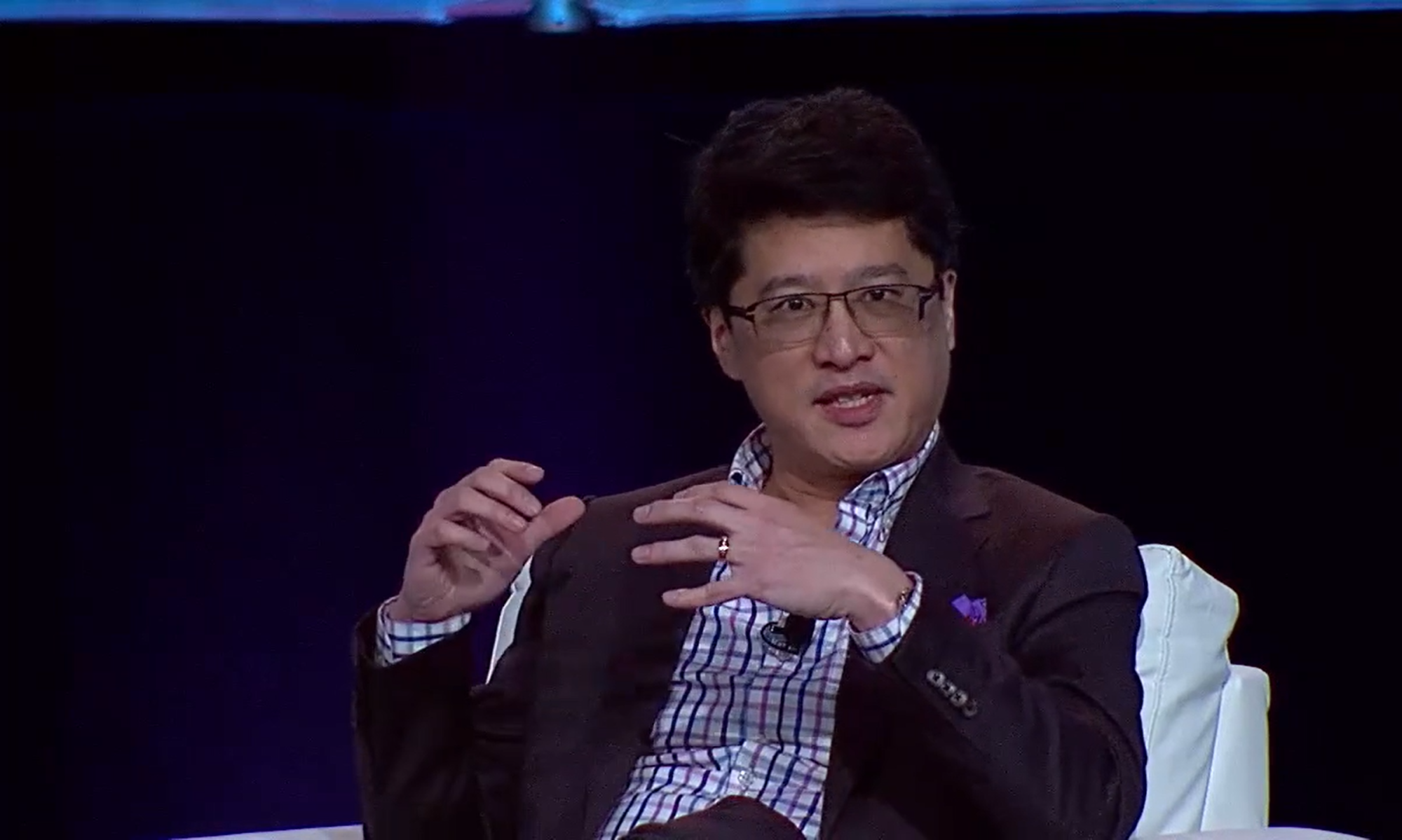Here are some examples of how one might provide consulting support for a portion of a client project . The examples are based on real-world (but disguised) tactics taken by consultants who are posed with the problem of characterizing the threat of competitive entry by another company.
Person 1’s characterization:
- The threat of competitive entry is moderate
OK. If one reads between the lines here, one might presume that the person is saying that competition will neither be heavy (potentially indicating price wars) nor light (where sales might go relatively unchallenged). Based on microeconomics-type conventions, the former case could mean that there are between 2 and 3 competitors and the latter case 1 competitor or close substitute. But the characterization leaves a lot to be desired.
A better characterization might be:
- Competitive entry may occur within 2-5 years by one known competitor already operating in another region
This characterization gives a lot more specific details and timeframes (provided there are details to back up the claims).
Here’s some thoughts on an assessment which is also backed by facts ("science") to support the claim. When a consultant uses hard, quantifiable facts, the arguments and characterization become much less subject to potential challenges by others that results are biased by any personal opinions of the consultant.
Person 2’s characterization:
- Competitive entry may be expected by one competitor, likely 2-3+ years out
- Current market structure is mostly a duopoly, indicating moderate price pressure potential
- The perspective on longer timeframe for competitor entry is based on regulatory requirements concerning X, Y, and Z ; of these the first two are relevant to client
- The perspective on timeframe for competitive entry is based on public capital and operating expenditures filed in public financial documents and benchmarking of these current expenditures against comparables
- Subjectively, the business structure that the competitor is using has a high failure rate
- Historical entry of competitor is X, Y, and Z, and if history repeats itself where competitive entry does occur earlier than forseen, competitive entry will likely look like XYZ from marketing and sales perspective, ABC from a technical perspective, DEF from a financial resources perspective, etc.
- Entry scenarios are further substantiated by number of retail points, form factor of product, etc. used by competitor and comparables in other markets.
Tea leaf reading aspects of consulting engagements can be hard. But sometimes tea leaf reading needs to be done, especially when stakes are high. All said, there are a spectrum of methods that consultants can use to support their clients through using business "science" or forensic-like methods as opposed to dispensing simple advice (which I dare call "consulting").

Steve,
That was a very good post, brought out succintly the difference between serious consulting and the me-toos. I work in a middle management role in a consulting firm in India and usually end up with freshmen who think making sweeping statements is the end all of observations. The discipline that data brings in and also the feeling of ‘eureka’ after discovering a subtle pattern in data is unbeatable – have just asked a few junior members to read this – hope there will be more such posts.
Regards
Deepak
Deepak,
Thanks for the comments. Sounds like you are doing good work in the field as well as educating junior people in the firm. I particularly like your warning about “making sweeping statements [as]the end all of observations”. When I see that type of thing happen in engagements (or even in regular management for that matter), I find it particularly troublesome.